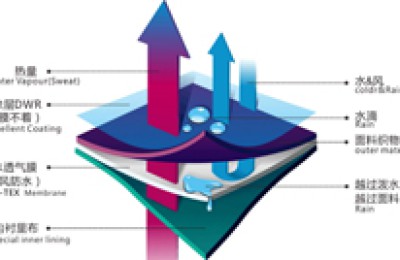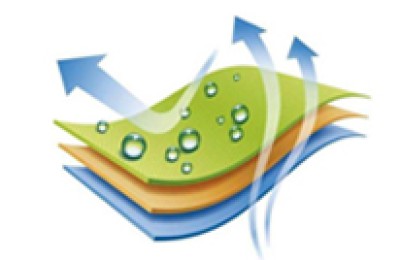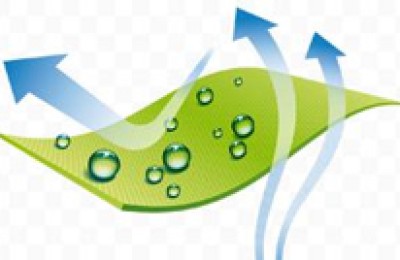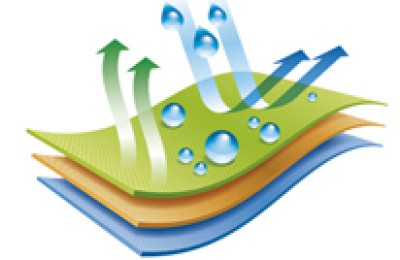What is the role of pruning cotton during the flowering and bolling stages?
The pruning projects of cotton during the flowering and boll stage mainly include pruning the edges, wiping off unnecessary buds, pruning empty branches, removing ineffective flower buds, etc. Pruning during the flowering and boll stage has the following functions:
(1) Concentrate organic nutrients to attack the boll. Cutting edges, wiping off unnecessary buds, pruning empty branches, removing ineffective flower buds, etc. can effectively reduce the consumption of organic nutrients and change the distribution direction of organic nutrients. The organic nutrients that are beneficial to the production of cotton leaves are concentrated in the supply of roots, leaves and other vegetative organs, maintaining strong growth and concentrated attack on the bolls, and increasing the yield of peaches and early autumn peaches.
(2) Improve the lighting conditions. Cutting edges, wiping off unnecessary buds, pruning empty branches, removing ineffective flower buds, etc. can improve the lighting conditions of cotton fields, improve the integrity strength of the middle and lower cotton leaves, improve the nutritional conditions of cotton plants, and facilitate the formation of multiple bolls, rapid boll formation, and Increase bell weight. Cotton fields that are growing vigorously or have a tendency to grow wildly should do a good job in pruning at this time to improve field canopy and adverse microclimate conditions, increase the complete illumination and complete strength of the middle and lower leaves, thereby reducing shedding and increasing boll weight. .
(3) Improve field microclimate conditions and reduce bell rot. The improvement of ventilation conditions in cotton fields has worsened the temperature and humidity conditions for the growth and reproduction of pathogens, which can greatly reduce the incidence of boll rot in the middle and lower parts.
AAANHGMKJLOI87
Disclaimer:
Disclaimer: Some of the texts, pictures, audios, and videos of some articles published on this site are from the Internet and do not represent the views of this site. The copyrights belong to the original authors. If you find that the information reproduced on this website infringes upon your rights, please contact us and we will change or delete it as soon as possible.
AA








